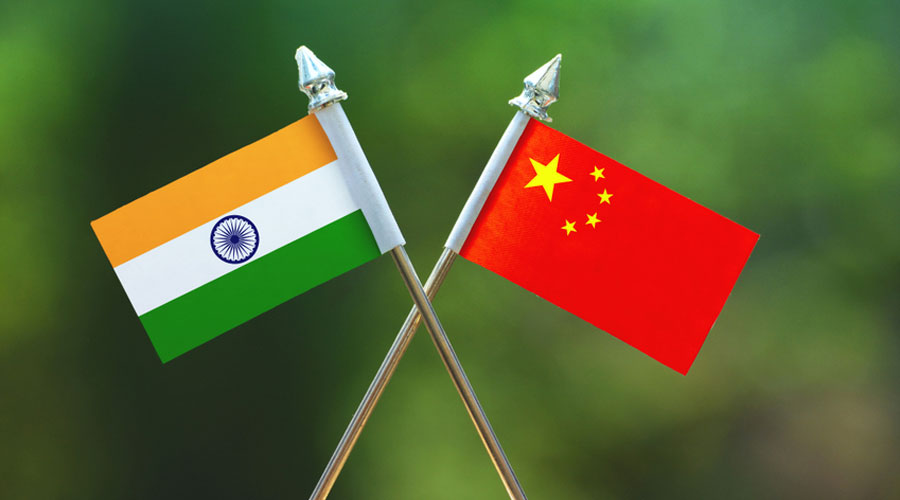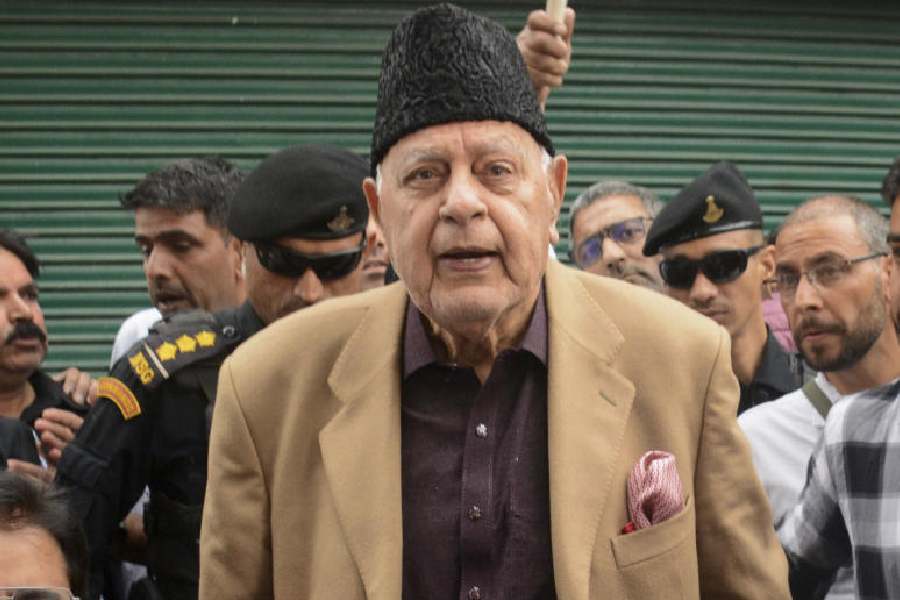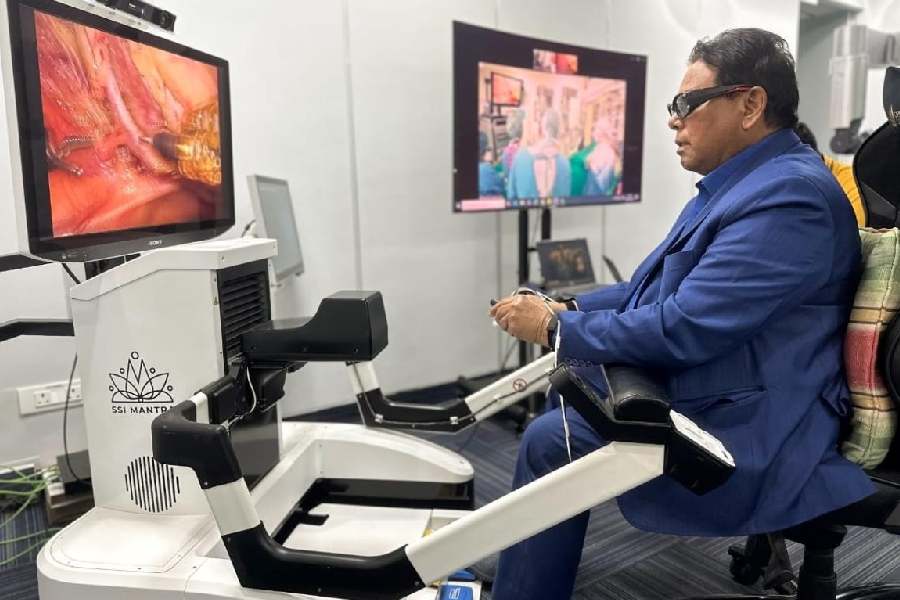The Centre has sought details of all the agreements Indian universities have signed with foreign institutions, with some professors and government officials suggesting the objective is to scrutinise the academic collaborations with Chinese universities.
Senior JNU academic A.K. Mohapatra — a former ABVP member and trenchant critic of the Left — said China had been using its universities’ collaborations with Indian institutions to build a constituency in its favour among Indian academics and thus protect its business interests.
Instructed by the Centre, the UGC on Thursday asked universities to inform it by September 15 about all the memorandums of understanding (MoUs) they had signed with foreign institutions.
“In view of directions received from ministry of human resource development, all Indian universities are requested to provide information regarding the memorandum of understanding signed by them with foreign higher educational institutions,” the notice, signed by UGC secretary Rajnish Jain, said.
Recently, the education ministry had asked several universities for the details of the Chinese study centres and Confucius institutions on their campuses. These centres are funded by the Chinese and promote their language and culture, among other activities.
The UGC notice comes at a time when India has banned scores of Chinese apps, placed riders on foreign direct investment with an eye on China, and dropped Chinese as a foreign language for schoolchildren.
“The UGC will collect details about all MoUs. The details of China-specific MoUs can be looked into,” a government official, who did not wish to be quoted, said.
Mohapatra, dean of JNU’s School of International Studies, said that “90 per cent” of the MoUs between Indian and Chinese institutions were the result of Chinese initiative.
The usual approach is to invite an Indian academic to China for a seminar, he said.
“After the seminar, they privately discuss the idea of academic collaboration. The academic is provided with good hospitality,” he said.
“When he comes back, he pursues the proposals for collaboration towards student and faculty exchange, joint research and the like.”
Mohapatra said Beijing wanted foreign policy relations with New Delhi to remain unaffected by the border irritants because it had plans for business expansion in India.
“China’s main objective behind the university collaborations is to create a constituency among academics to further its various interests. It also wants to isolate India from western countries — anti-America sentiments already exist among sections of Indian academics,” he said.
“India is a major market for Chinese goods. So, whenever there’s a government plan to take a strong stand on China, (Beijing wants) protests here. These collaborations serve that purpose.”
Navnita Chaddha Behera, a political science professor with Delhi University, however, cautioned against any “blanket approach” towards academic collaborations with Chinese institutions.
“Collaborations depend on domains. Many are related to science, culture studies. One should see if they are for the advantage of both sides,” she said.
“I would caution against a blanket approach. Sometimes these collaborations do help in back-channel diplomacy when formal diplomatic engagements break down.”
Agreements for exchange programmes between Indian and Chinese institutions have been under the government’s radar for the past few months.
Last October, the UGC had written to all universities saying they must secure clearances from the foreign and home ministries before signing any agreements with Chinese institutions for academic exchange.
“Many institutions had before that signed MoUs with Chinese institutions — now the government will know about all those agreements,” a former vice-chancellor with a central university said, requesting not to be named.
Asked whether the UGC could seek such information, given that universities were supposed to enjoy autonomy over their academic activities, he said it could.
“The UGC is the funding agency — it can always ask for these details,” he said.
The government’s current attitude towards China is reflected in the recently approved National Education Policy’s move to drop Chinese from the list of foreign languages that can be taught in schools.
NEP 2020 says that “in addition to high-quality offerings in Indian languages and English, foreign languages such as Korean, Japanese, Thai, French, German, Spanish, Portuguese and Russian will also be offered at the secondary level....”
This is different from what the draft NEP submitted by an expert committee last year had said: “A choice of foreign language(s) (e.g. French, German, Spanish, Chinese, Japanese) would be offered... during secondary school.”
The NEPs of 1968 and 1986 — which was modified in 1992 — did not cover the teaching of foreign languages.











